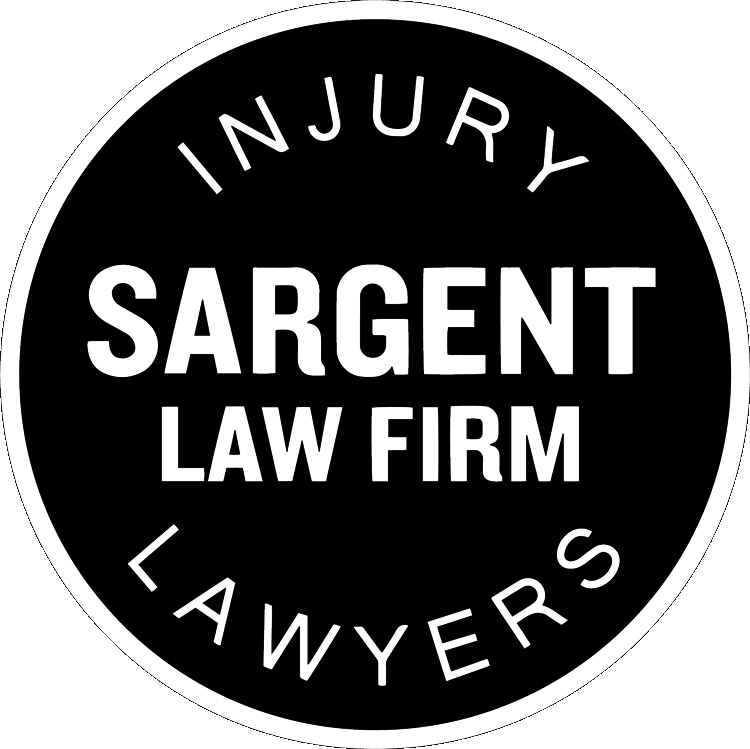Lane Splitting and Motorcycle Accidents in Temecula: What the Law Says
Lane splitting is legal in some states and outlawed in others. Like all of California, the law in Temecula says …
Who Is Liable in a Commercial Trucking Accident in Temecula?
Liability for a commercial trucking accident in Temecula will rest with the party or parties whose negligent behavior caused or …
What to Do After a Car Accident in Temecula, CA: A Step-by-Step Legal Guide
If you or someone you love suffered injuries in a motor vehicle collision caused by negligence, you can pursue damages …
FAQs About Motorcycle Accidents
If a negligent driver injured you or someone you love, you can seek compensation for your motorcycle accident. However, pursuing …
Is It Worth Hiring a Car Accident Lawyer?
Whether it is worth hiring a car accident lawyer or not depends on a few factors. If there are multiple …
Handling Car Insurance Adjusters After a Car Accident
Handling car insurance adjusters after a car accident can be challenging. It is important to remember that adjusters work for …
How Negligence Is Established in a Car Accident
Negligence is a legal concept. It is a party’s failure to behave in a moral, legal, or professional manner that …
What to do After a Car Accident
After a car accident, your health is the priority. However, there are some actions to take that can help preserve …
How Much Is My Idaho Car Accident Injury Claim Worth?
It is difficult to know how much your Idaho car accident injury claim might be worth without first knowing the …
How Much Will It Cost to Hire a Car Accident Lawyer in Idaho?
Many car accident victims falsely believe it will cost too much for them to hire an attorney to manage their …
Idaho Car Accident Settlement Timeline
A common question many car accident victims have is how long it will take to settle their claim and get …
Idaho Car Rental Lawsuit Guide
Car accident cases involving car rentals can be complex, especially if the rental car company is at fault. If you …
Idaho Ridesharing Lawsuit Guide
If you suffered injuries in an accident with Uber, Lyft, or another ridesharing service, you may have questions about where …
What Does a Car Accident Lawyer Do?
You can seek compensation for your losses if you suffered injuries in a car accident caused by negligence. It can …
Idaho Car Accident Compensation and Injury Limits
If a negligent driver hurt you or your loved one in a collision in Idaho, you can seek car accident …
Idaho Car Accidents and Lawsuits Statistics
There are thousands of traffic accidents annually in Idaho. These collisions vary in cause, severity, and cost, with some of …
Dealing with Uninsured or Underinsured Motorists in Idaho
Dealing with uninsured or underinsured motorists in Idaho can be challenging. If an uninsured or underinsured driver is liable for …
How Comparative Negligence Affects Your Claim in Idaho
If you suffered a personal injury caused by another party’s negligent actions, they may owe you compensation. However, Idaho’s comparative …
Average Car Accident Settlements in Idaho
Many injury victims, wanting to understand the value of their claim, often ask about the average car accident settlement. Instead, …
Idaho Car Accident Statute of Limitations
In Idaho, you usually have two years from the date of your car accident to file a lawsuit against the …
Idaho Car Accident Laws
Even the most defensive driver can be in a car crash. If you were involved in a car accident that …
How Pain and Suffering Is Calculated After a Car Accident in Idaho
Pain and suffering is a non-economic damage. It is a subjective loss based on the individual, and as such, there …
Understanding Lane Splitting Laws and Safety Guidelines
Lane splitting laws and safety guidelines vary from state to state. Understanding your state’s rules and regulations can protect you …
Idaho Motorcycle Laws You Should Know
If you enjoy motorcycle riding, there are Idaho motorcycle laws you should know. Understanding these laws will keep you safe …
Do You Have to Go to Court for a Motorcycle Accident?
Typically, you do not have to go to court for a motorcycle accident, though litigation may be necessary in some …
Who Can I Sue After a Motorcycle Accident?
Depending on the nature of your accident and where the fault lies, there are multiple possible parties who you may …
How Negligence Is Established in a Motorcycle Accident
Determining negligence after a motorcycle accident is essential to recover compensation in a personal injury claim or lawsuit. To establish …
What Damages Can I Collect for a Motorcycle Accident?
When your motorcycle accident is due to someone else’s negligence, you may be eligible to recover compensation related to your …
How Do I Calculate Pain and Suffering in a Motorcycle Accident?
Motorcycle accidents cause serious physical injuries, but many victims also endure significant emotional and psychological distress. Victims can recover both …

